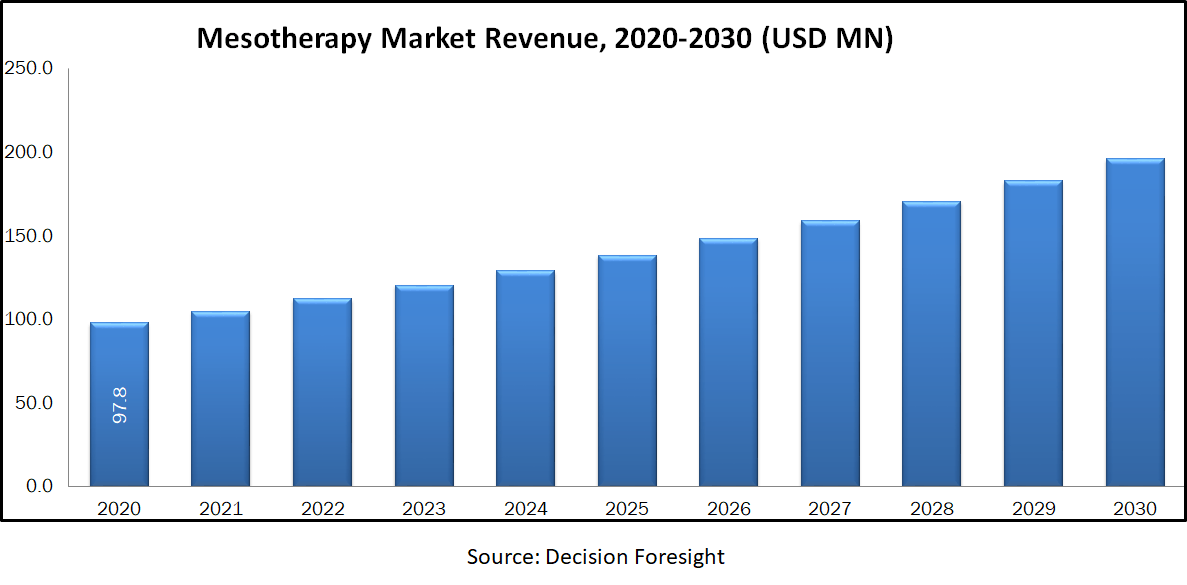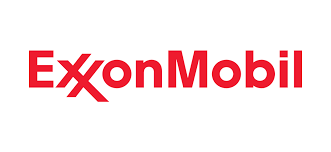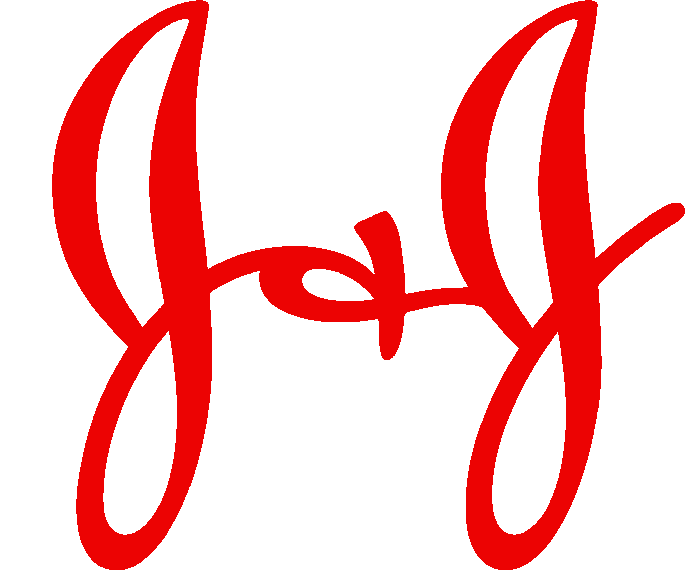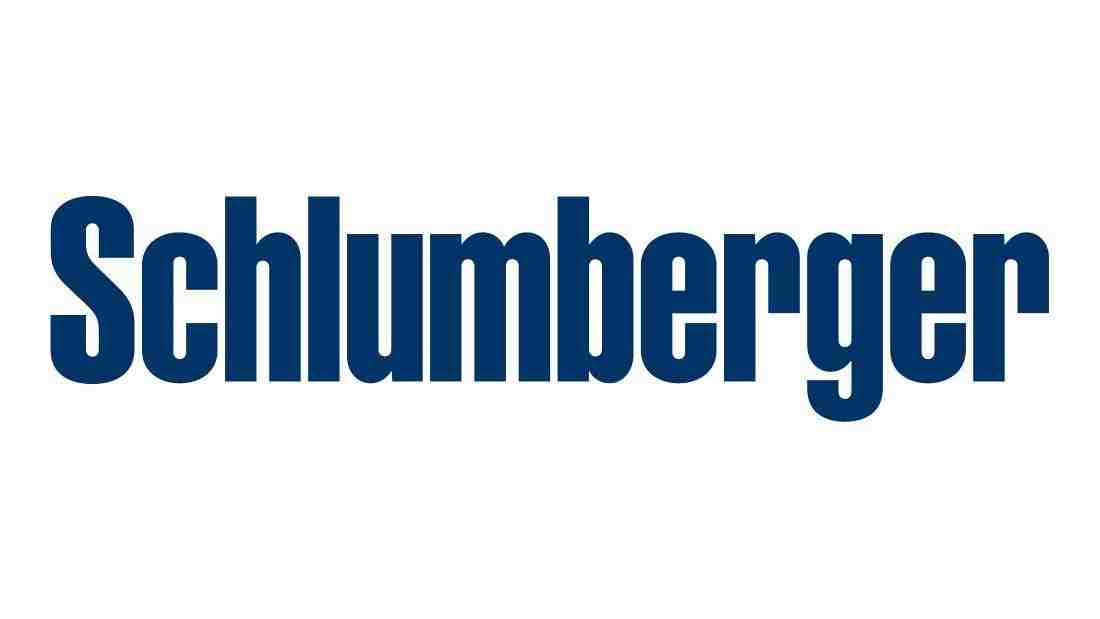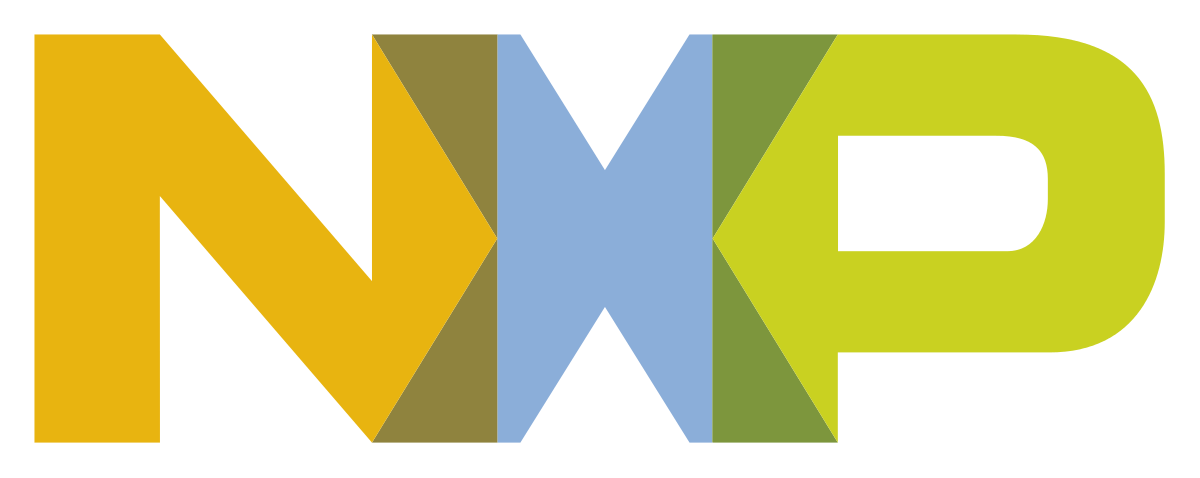Mesotherapy Market was valued at USD 97.8 billion by 2020, growing with 7.2% CAGR during the forecast period between 2021-2030.
Mesotherapy is a medical treatment developed by physician Michel Pistor in France in the early 1950s. It entails injecting tiny dosages of medicines beneath the dermis (the innermost layer of the skin). The idea is to utilize less medicine by targeting the region to be treated directly or as near to it as feasible. This method, which was originally designed to treat localized discomfort and venous insufficiency, is currently utilized to treat a wide range of diseases.The heavy amount of serums, vitamins, and other nourishing mixes of powerful substances refreshes and rejuvenates the patient's skin. Mesotherapy, when performed correctly, guarantees that products are adequately administered to the skin. Mesotherapy's benefits have enhanced the worldwide Mesotherapy market.
Mesotherapy is currently regarded as a relatively recent form of skin treatment. The outcomes are highly variable, and some patients report no improvement in their look following the operation, which has been a major impediment to the worldwide Mesotherapy industry. The Mesotherapy technique is painless and takes less time than other skin rejuvenation procedures, and it is expected to help replace more sophisticated skin rejuvenation procedures. Often these mesotherapy products, including as lotions, masks, and peels, are non-invasive treatment alternatives, however mesotherapy using solution kits, mesotherapy guns, and needles & cannulas is a minimally invasive process. Because mesotherapy is minimally invasive, there are few or no problems connected with the technique.
Market Dynamics and Factors:
The non-invasive nature of the technique, as well as the decreased treatment costs, are important reasons driving the popularity of Mesotherapy. In all major nations, the number of competent and trained experts working in dermatological clinics is growing. Furthermore, the growth in the number of institutions providing mesotherapy courses, as well as the International Society of Mesotherapy's efforts to assure the appropriate training for its members, has resulted in beneficial outcomes and improved the market's mesotherapy situation in recent years.
The increased demand for aesthetic operations such as mesotherapy is being driven by worries about ageing, climatic circumstances, lifestyle changes, and stress. The population between the ages of 15 and 65 accounts for around 60% of the overall population. Rising disposable income and increased awareness of aesthetic appearance promote the increase in customer traffic. Furthermore, the manufacturing firms' and suppliers' extensive distribution networks enable the accessibility of products and equipment, further boosting market growth.
Market Segmentation:
The global Mesotherapy market is segmented as follows:
Based on the end user market is segmented into (Hospitals, Blood Banks, Diagnostic Centers), Based on the Product & Services (Reagents and Kits , Instruments, Outright Purchase, Rental Purchase, Software and Service) By Technology (Rapid Tests, Western Blot Assays, NGS, NAT, ELISA ), Based on geographic, the global mesotherapy market’s segments includes regions comprising North America, Europe, Asia-Pacific, and RoW.
Geographic Analysis:
The North America market share has highest in 2019, followed by Europe. The growth of the North American Mesotherapy market has been driven, for example, by increased demand for blood transfusions, an increased number of Blood donations, an increasing prevalence of contagious diseases in hospitals and diagnostic centers and by the growing prevalence of new pathogens. Due to the economic developments in the rising economies of China, Japan, and India, the Asia-Pacific market will develop in the forecast period with the greatest growth. Strong patients, magnifying the geriatric population, growing health consciousness, increasing disposable incomes, increasing the living standard and improving medical infrastructure are the major elements regulating regional success.
Competitive Scenario:
The mesotherapy market size, which is highly competitive, consists of a few major players. The key players of global Mesotherapy market are BioMérieux (France), Thermo Fisher Scientific Inc. (US),Grifols (Spain), F. Hoffmann-La Roche AG (Switzerland), Siemens Healthineers (Germany),Bio-Rad Laboratories (US), Danaher Corporation (US), Abbott Laboratories (US), Ortho Clinical Diagnostics, Inc.(US), Becton, Dickinson and Company (US), DiaSorin (Italy), GFE (Germany), Trinity Biotech (Ireland), GE Healthcare (US), Merck Millipore (Germany), Perkin Elmer (US), Bio-Techne Corporation (US), and J Mitra& Co. Pvt. Ltd (India).
Patient Monitoring Devices Market Report Scope
| Report Attribute | Details |
| Market size value in 2020 | USD 97.8 billion |
| Growth Rate | CAGR of 7.2% from 2021 to 2030 |
| Forecast period | 2021 - 2030 |
| Quantitative units | Revenue in USD billion 2020 to 2030 and CAGR from 2021 to 2030 |
| Report coverage | Revenue forecast, Market Share Analysis, Sales Analysis, Competitor Analysis, Growth factors, and trends, Macro-economic indicator analysis, PORTER's Five Forces analysis, Pricing Analysis, PESTEL Analysis, Value Chain Analysis, COVID-19 Impact Analysis |
| Segments covered | By Test Type (Cortisol, Creatinine, COVID-19, Vitamin D, Glucose, Thyroid-stimulating hormone, High sensitivity CRP, Testosterone, ALT, Direct LDL, Lipid panel, AST)By End User (Hospitals, Blood Banks, Diagnostic Centres ) By Product & Services (Reagents and Kits , Instruments, Outright Purchase, Rental Purchase, Software and Service) By Technology (Rapid Tests, Western Blot Assays, NGS, NAT, ELISA ) |
| Regional scope | North America; Europe; Asia Pacific; Latin America; MEA |
| Key Country scope | U.S.; Canada; Mexico; U.K.; Germany; France; Italy; Spain; Japan; China; India; Malaysia; Singapore; South Korea; Brazil; Argentina; South Africa; Saudi Arabia; UAE; Turkey |
| Key companies profiled | o Grifols (Spain) o F. Hoffmann-La Roche AG (Switzerland) o Abbott Laboratories (US) o Becton, Dickinson and Company (US) o DiaSorin (Italy) o GFE (Germany) o Trinity Biotech (Ireland) o Merck Millipore (Germany) o BioMérieux (France) o Bio-Rad Laboratories (US) o GE Healthcare (US) o Perkin Elmer (US) o Danaher Corporation (US) o Thermo Fisher Scientific Inc. (US) o Ortho Clinical Diagnostics, Inc.(US) o Bio-Techne Corporation (US) o J Mitra& Co. Pvt. Ltd (India) o Siemens Healthineers (Germany) |
